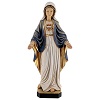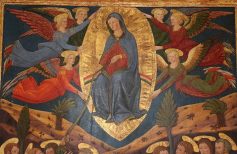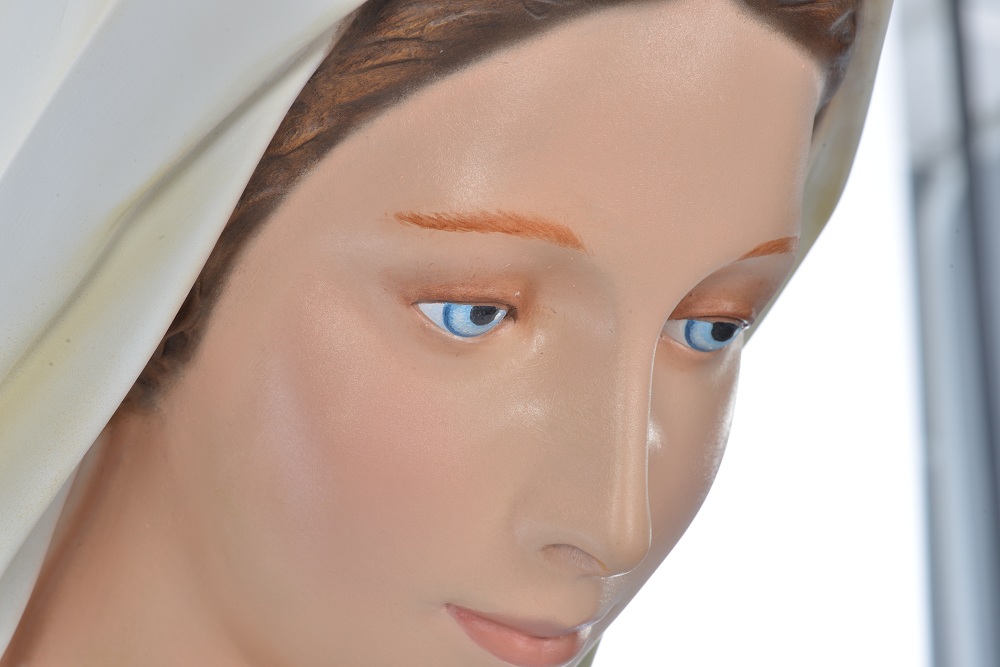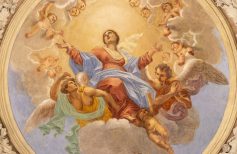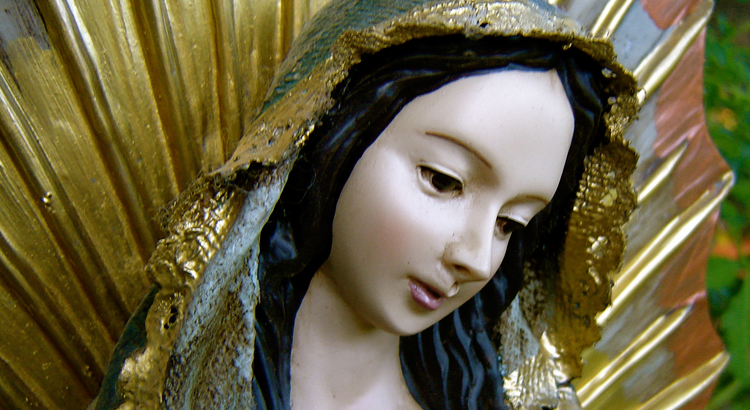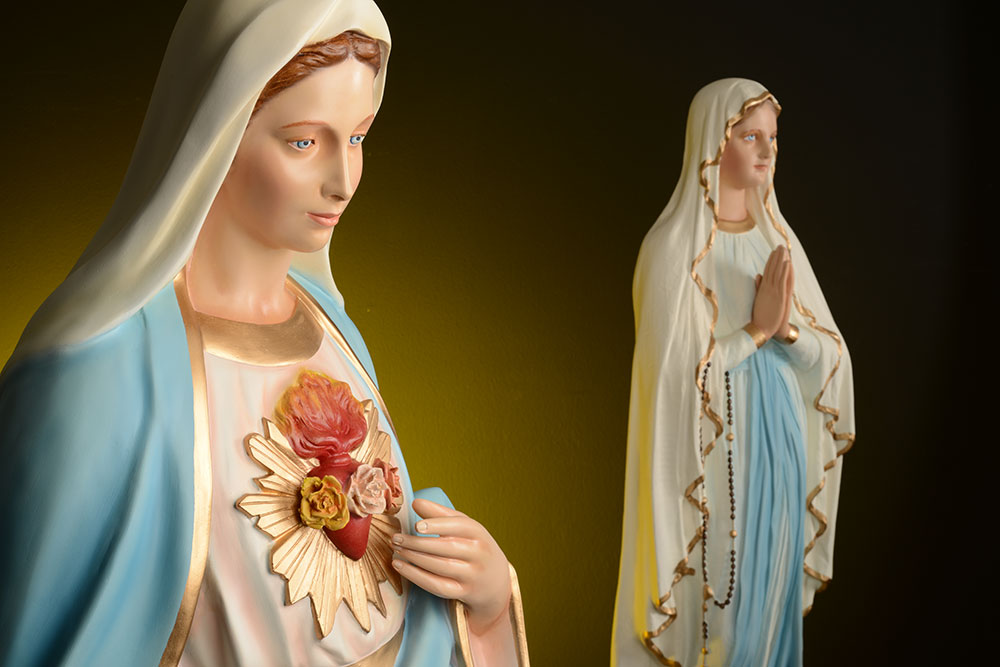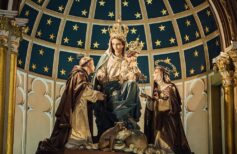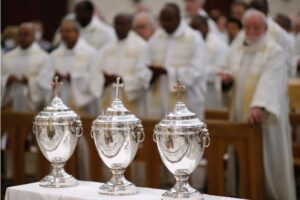On August 22, we celebrate the Coronation of the Virgin, Mother of Jesus. What is the origin of this feast, and why is Mary considered a “queen”?
Contents [hide]
The Feast of the Coronation of the Virgin, celebrated on August 22, is quite modern. This devotion was officially established only in the second half of the 20th century. However, the first Christians already considered the Madonna worthy of being called “Queen.” The first to refer to her as such was Ephrem the Syrian, a theologian, writer, and saint of Syriac origin who lived in the 4th century and is a Doctor of the Catholic Church. In one of the twenty hymns he dedicated to the Madonna, to whom he was very devoted, he addresses her: “August Virgin and Lady, Queen, Mistress, protect me under your wings, guard me, so that Satan, who sows ruins, does not exult over me, nor does the wicked adversary triumph against me.”

Doctors of the Church: who are they and what are the requirements for having this title
On 1 October we celebrate Saint Therese of Lisieux, one of the four…
The Council of Ephesus in the 5th century defined the Virgin Mary as Theotokos, “Mother of God.” From this, many forms of popular devotion arose over the centuries, culminating in the coronation of the Virgin Mary as Queen, often with precious crowns made of gold and jewels collected from the faithful as a penitential offering.
Why is Mary called a queen?
Where does Mary’s royal dignity come from? It is not just one of the many Marian titles attributed to the Virgin. The Madonna is Queen as the Mother of God because Jesus, both God and Man, is the Sovereign of all Creation, and His Mother must be part of His royalty. The Virgin is thus Queen due to her divine motherhood, but not only that. For her role in the New Covenant, for having consciously chosen to be the Mother of the Savior, and for suffering with Him the agony of the Passion, Mary became the new Eve, an instrument of redemption and salvation alongside her blessed Son. Mary is called Queen in the Fifth Glorious Mystery of the Holy Rosary, in several points of the Litany of Loreto, and in three of the most well-known Marian antiphons: Salve Regina, Regina Coeli, and Ave Regina Coelorum.

Marian Titles: what are they and how many are all the names dedicated to Mary
Marian Titles: all the appellations with which Mary, mother of Jesus…
Encyclical Letter Ad Caeli Reginam
The Encyclical Ad Caeli Reginam was issued on October 11, 1954, by Pope Pius XII, to institute the liturgical feast of the “Blessed Virgin Mary, Queen.” The same Pope also proclaimed the dogma of the Assumption of Mary into Heaven. Initially set for May 31, the feast of the Coronation of the Virgin was later moved to August 22 with the reform of Paul VI, to bring it closer to the Feast of the Assumption and to unite, in a sense, the corporeal and regal glorification of the Virgin. The decision to establish the feast was greatly supported by popular initiatives, such as the one promoted by Maria Desideri, who collected petitions worldwide to advocate for her project Pro regalitate Mariae and to request the proclamation of the feast.

The Assumption of Mary and the most characteristic celebrations
15 August is not just an occasion for partying and outings…
Why August 22?
On August 15, we celebrate the Assumption of Mary into Heaven, resurrected to eternal life for being the Mother of Jesus and being preserved from sin. On the 22nd, her corporeal glorification is joined by her regal glorification, with her proclamation as Queen of Angels (Regina Angelorum) and Queen of Heaven (Regina Caeli or Regina Coeli).
How does Mary exercise this kingship of service and love?
We should not think of the Virgin Mary as a distant Queen indifferent to the fate of her children. In 2012, Pope Benedict XVI explained that the Madonna exercises her queenship by: “Watching over us, her children: the children who turn to her in prayer, to thank her or to ask for her maternal protection and her heavenly help, perhaps after losing their way, oppressed by pain or anguish due to the sad and troubled circumstances of life.”
A queenship characterized by love, therefore, and by continuous inclination towards us humans, who seek in her a Mother, before a Queen, an infinitely merciful reference that watches over us from Heaven and serves as an intermediary between our sufferings and God the Father.
